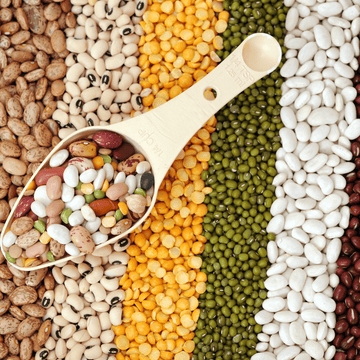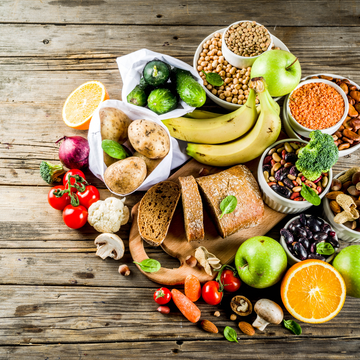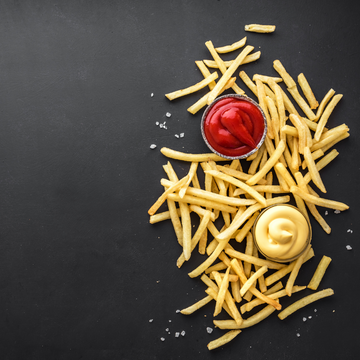Urad Dal Delights: Unlocking Flavor and Nutrition through Soaking
by Namita Satheesh on Nov 09, 2023

Introduction to Urad Dal
| Soaking dals (lentils) before cooking is an important step in the preparation process. Here are some reasons why soaking dals is beneficial: Enhanced Digestibility: Dals contain certain compounds, such as phytic acid and enzyme inhibitors, that can hinder the digestion process. Soaking dals helps to break down and deactivate these compounds, making the lentils easier to digest. It also helps in reducing the gas-forming properties of dals, making them more comfortable to consume. |
Improved Nutrient Absorption: Soaking dals allows water to penetrate the lentils and initiate the sprouting process. This activates enzymes that can enhance the availability and absorption of nutrients present in the dals, including minerals like iron, calcium, and zinc. Soaking also increases the bioavailability of certain vitamins, making cooked dals more nutritious.
Reduced Cooking Time: Soaked dals cook faster compared to unsoaked ones. The soaking process softens the lentils, allowing them to cook more quickly and evenly. This is especially beneficial when using dals in recipes with shorter cooking times or when you want to save energy during the cooking process.
Enhanced Texture: Soaking dals can help achieve a softer and creamier texture in cooked dishes. The moisture absorbed during soaking helps the lentils retain their shape and prevents them from becoming too dry or tough after cooking.
Removal of Anti-Nutrients: Soaking dals can help remove or reduce anti-nutrients like tannins and phytic acid. These compounds can interfere with the absorption of certain minerals and may have negative health effects when consumed in large quantities. Soaking helps to reduce the levels of these anti-nutrients, making the dals more nutritious and easier for your body to digest.
It's important to note that not all dals require soaking. Split dals like split red lentils (masoor dal) or split pigeon peas (toor dal) generally do not require soaking. However, whole dals such as chickpeas (chana dal) or kidney beans (rajma) benefit greatly from soaking. The soaking time can vary depending on the type and size of the lentils, but typically, a few hours of soaking is sufficient. Always refer to specific recipes or instructions for the recommended soaking time for the particular dal you are using.
Recipe for Spicy Urad Dal:
Ingredients:
1 cup urad dal (black lentils), soaked for 4-6 hours and drained
2 tablespoons oil or ghee (clarified butter)
1 teaspoon cumin seeds
1 medium-sized onion, finely chopped
2 green chilies, slit lengthwise
1 tablespoon ginger-garlic paste
1/2 teaspoon turmeric powder
1 teaspoon red chili powder (adjust according to your spice preference)
1 teaspoon garam masala
Salt to taste
Fresh coriander leaves for garnish
Instructions:
Rinse the soaked urad dal well and drain the water.
In a pressure cooker or a large pot, add the drained urad dal with 3 cups of water. Cook the dal until it becomes soft and mushy. If using a pressure cooker, cook for about 4-5 whistles on medium heat. If using a pot, cook for approximately 30-40 minutes, or until the dal is tender.
Heat oil or ghee in a separate pan over medium heat. Add cumin seeds and let them splutter.
Add chopped onions and green chilies to the pan. Sauté until the onions turn golden brown.
Stir in the ginger-garlic paste and cook for a minute or until the raw smell disappears.
Add turmeric powder, red chili powder, garam masala, and salt. Mix well and cook for another minute to allow the spices to release their flavors.
Pour the cooked urad dal into the pan with the spice mixture. Mix everything together and let it simmer for 5-10 minutes to allow the flavors to blend.
If the dal appears too thick, add some water to achieve your desired consistency. Adjust the salt and spices according to your taste.
Garnish with fresh coriander leaves.
Your Spicy Urad Dal is now ready to be served! It pairs well with steamed rice, roti, naan, or any bread of your choice. Enjoy!




